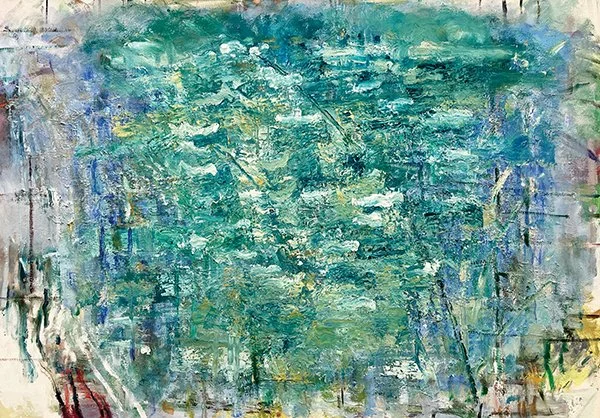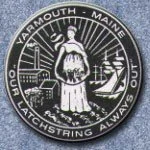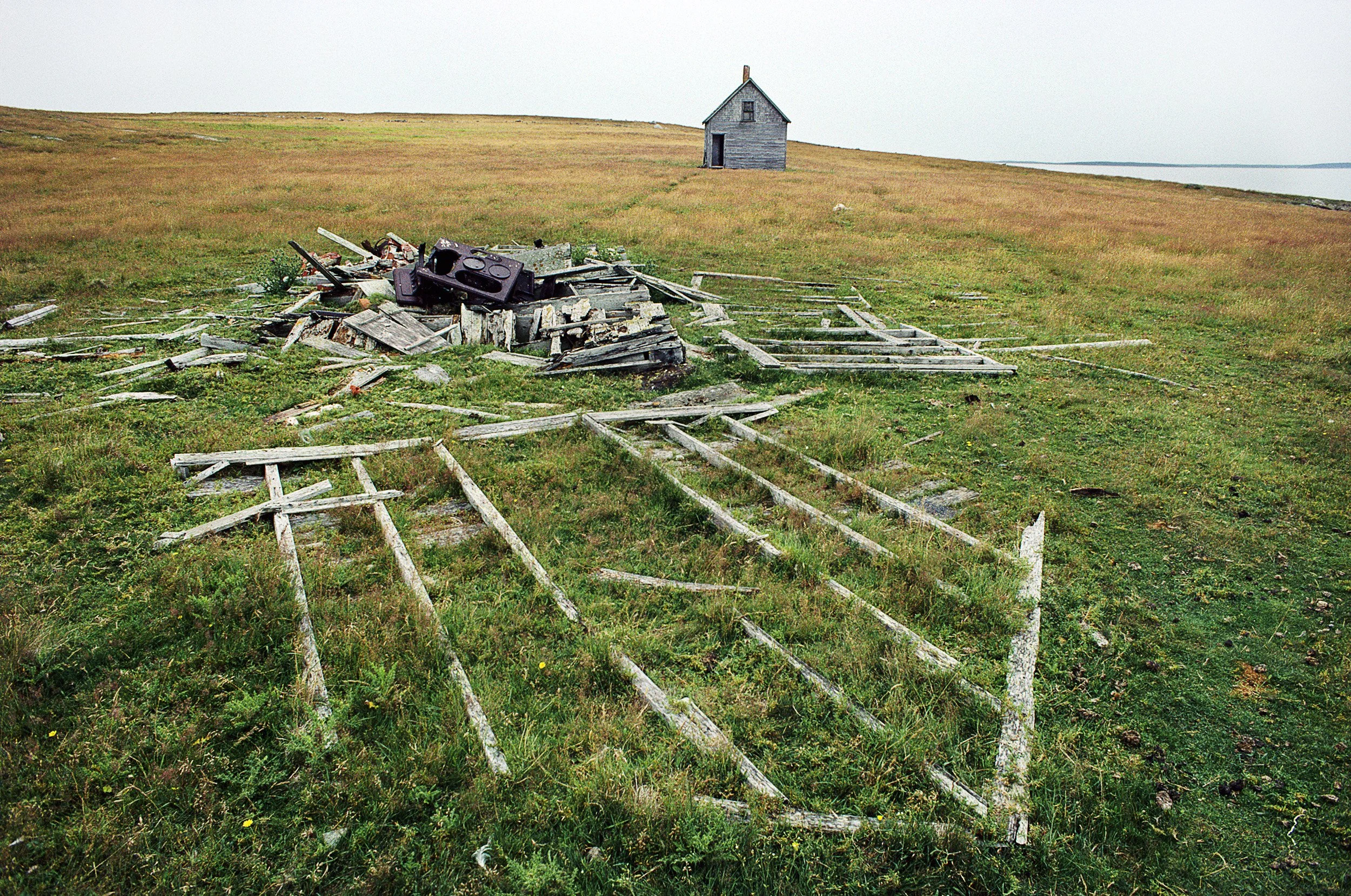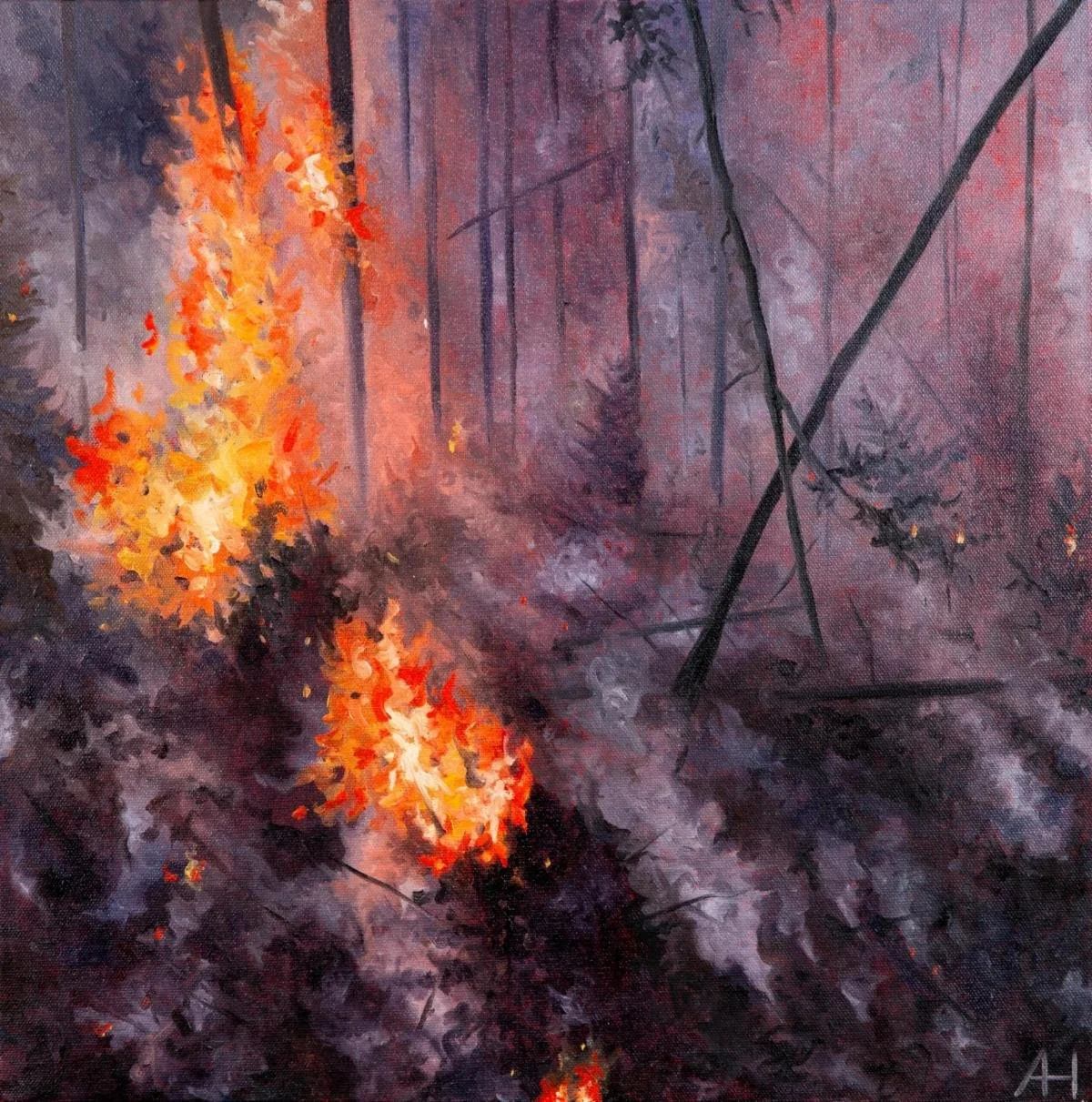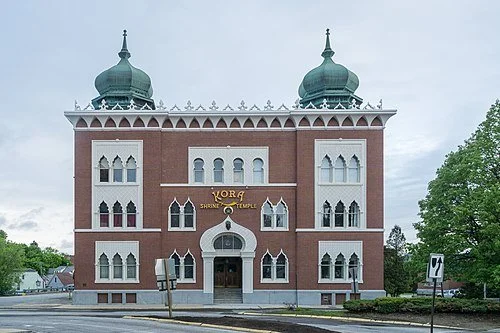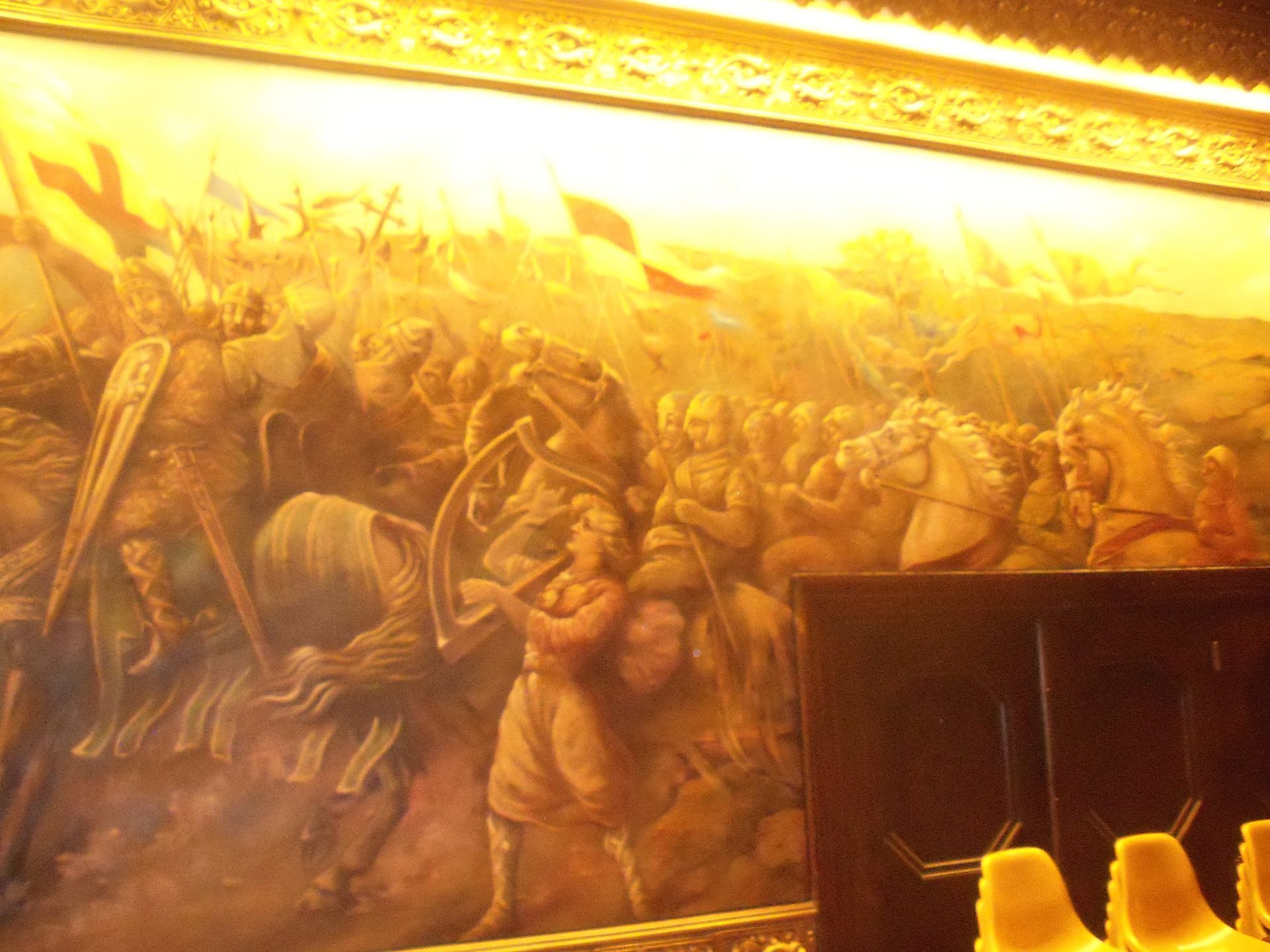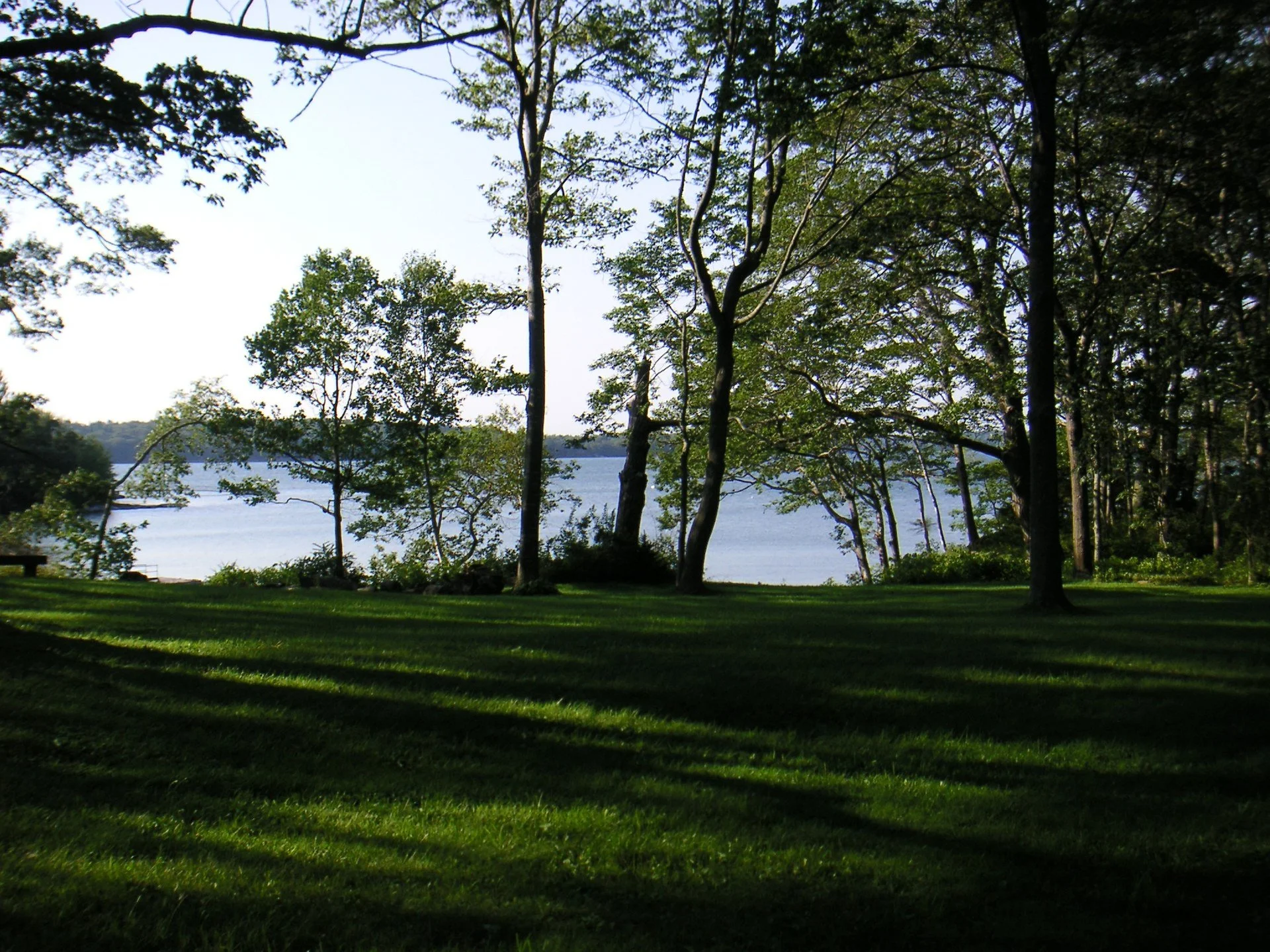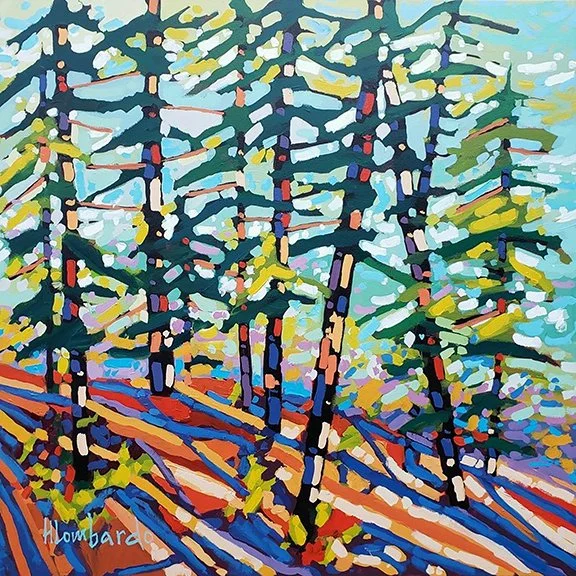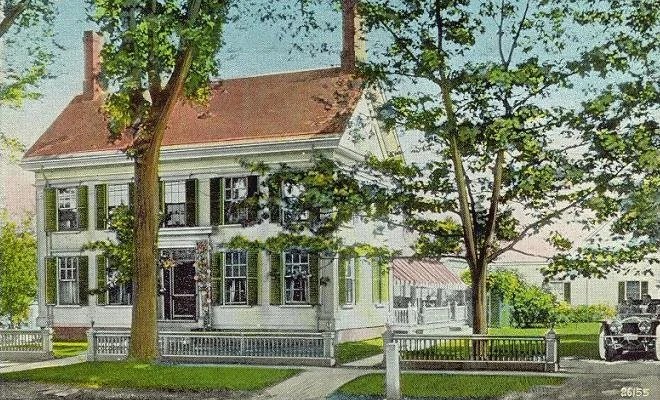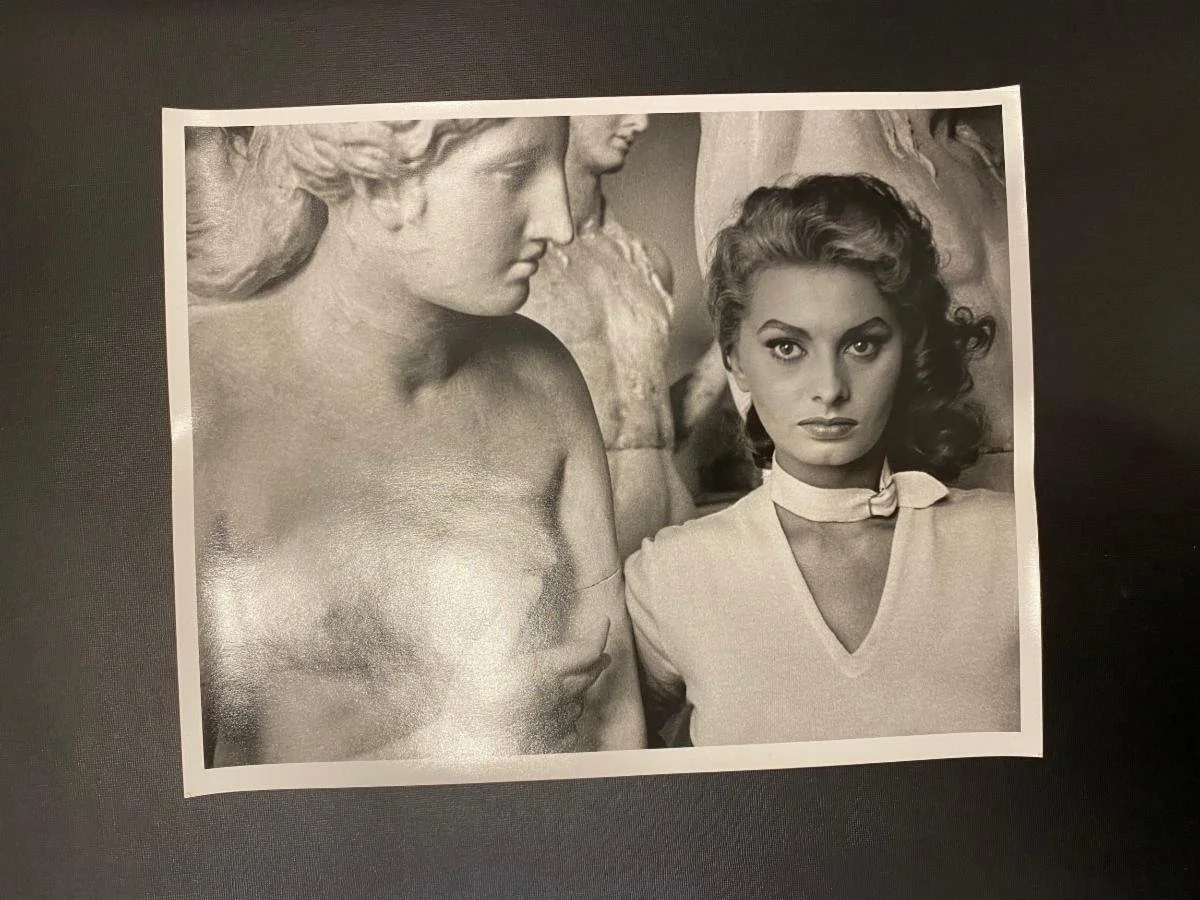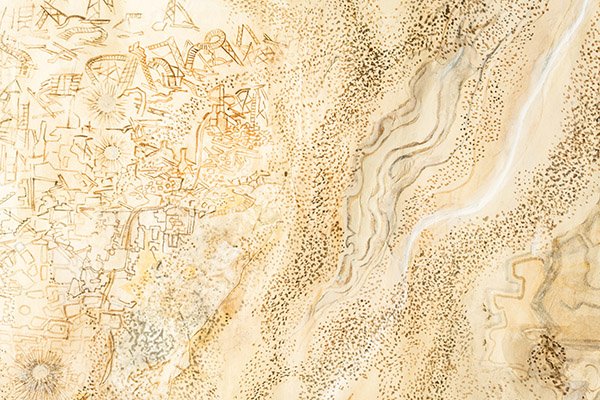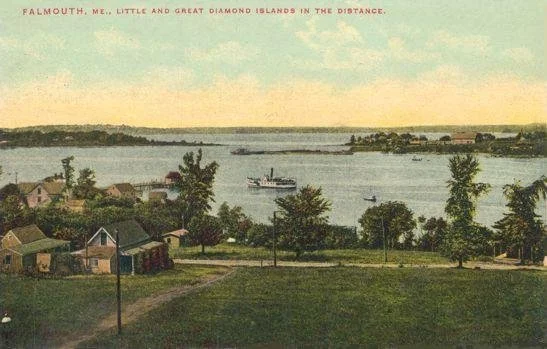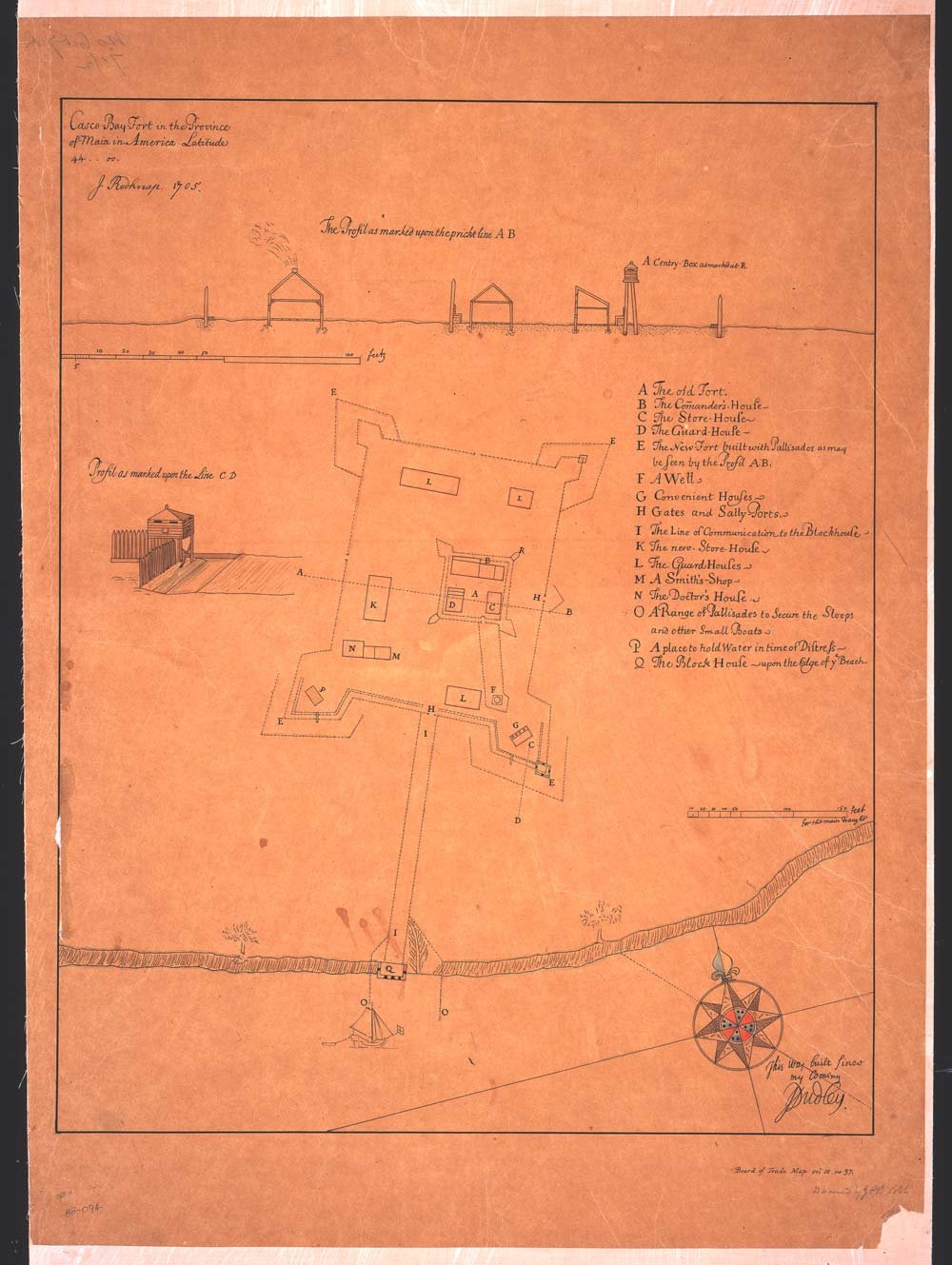
Northeastern University breaks ground on Portland campus
-- Northeastern University's rendition of what its Roux Institute campus on the Portland waterfront will look like.
Edited from a New England Council report
“On Friday, Sept. 13, New England Council member Northeastern University held a groundbreaking ceremony to mark construction on its new campus in Portland, Maine, that will let the university to double the student body at the location.
“The Roux Institute at Northeastern University’s new campus will mark a significant step forward for Northeastern. The institute opened in 2020, thanks to a $100 million donation from technology entrepreneur David Roux, a Maine native, as well as another $100 million gift months later. The school has 800 students today, but it expects to have room for 2,000 when the new campus is completed, in 2028. The Roux is focused on technology research and development and graduate education.
“‘Our mission is to be a driver of the future Maine economy…. A larger permanent home for the university’s efforts in Maine is essential,’ the Roux Institute’s chief administrative officer, Chris Mallett, said in an interview.’’
Jet fuel from Maine wood?
Over the Maine woods. Maine is the most forested state, and its woods products play an important role in its economy.
Edited from a New England Council (NEC) report
University of Maine researchers have received a $10 million federal grant from the U.S. Department of Agriculture to investigate the use of low-value wood to produce jet fuel and fish feed.
The NEC reported that “Wood contains organic compounds called lignins that can be converted into fuel and sugars that can be fermented into fish-feed proteins. Developing new products using wood that has been considered waste could create additional revenue streams, maximize the value of the forestland, avoid changes in land use, and encourage more effective forest management.’’
“The new funding is key to developing creative and sustainable markets for underutilized forest biomass while prioritizing the inclusive values that are important to advancing equitable rural development in Maine,” said Clayton Wheeler, director of UMaine’s Forest Bioproducts Research Institute.
In Maine, pushing the boundaries of basket art
“First Light” (ash, sweetgrass, birchbark, porcupine quills, and synthetic dye), by Jeremy Frey, a member of the Passamaquoddy Tribe, in his show “Jeremy Frey: Woven,’’ through Sept. 15, at the Portland Museum of Art. It’s from the collection of the Farnsworth Museum of Art, Rockland, Maine. Copyright Jeremy Frey
Photograph by Jared Lank (Mi'kmaq)
The museum says:
“Jeremy Frey is a seventh-generation basket maker who is one of the most celebrated Indigenous weavers in the country. His work is meticulously detailed and pushes the boundaries of what is possible in his medium. "I try to create a newer and more elaborate version of my work each time I weave," he said.
What the Lobster Institute does
Lobsters awaiting purchase in Trenton, Maine
— Photo by Billy Hathorn
Edited from a New England Council article
ORONO, Maine
“The University of Maine has named Maine native and UMaine graduate Christina Cash to head up its Lobster Institute. Cash had served as the interim director since last summer, succeeding previous executive director Richard Wahle, who retired. Cash has been with the Institute since 2021, serving as assistant director of communication and outreach before coming into the interim role.
“Cash previously served as an advancement officer at the Bigelow Laboratory for Ocean Sciences and as program and development director at the Frances Perkins Center. She expressed her goals for the Lobster Institute, which include expanding student opportunities and programs at the Darling Marine Center, in Walpole.
“‘It is an honor to be in this position as a liaison between industry and the university,’ Cash said. ‘There’s so much going on in the lobster world right now and I look forward to collaborating with partners from industry, management and academia on research that can help the fishery.’
“Established in 1987, the Lobster Institute has been a center for discovery, innovation, and outreach for the University of Maine regarding the sustainability of the vital American lobster fishery for the U.S. and Canada. Research projects over the years have included an analysis of how rapid Arctic change has impacted fisheries and fishing communities, supporting research into lobster byproducts, and a study on how commercial lobstering data can be used to inform offshore wind farm developments. Serving as UMaine’s laboratory for marine research, Darling has undergone a $5.2 million waterfront infrastructure improvement project to enhance its research and business incubator projects.’’
They eat seaweed too
“Goats of Bass Harbor” (acrylic on canvas), by Maine-based painter and filmmaker Sharyn Paul Brusie, at Yarmouth, (Maine) Frame and Gallery.
Bass Harbor, Maine
— Photo (via drone) by King of Hearts
Beyond the scandals
Mount Katahdin, in northern Maine.
“We were beyond fences, away from the clash of town-clocks, the clink of town-dollars, the hiss of town scandals. As soon as one is fairly in camp and has begun to eat with this fingers, he is free.’’
— Theodore Winthrop (1828-1861), in Life in the Open Air, an account of the author's adventures in northern Maine and the ascent of Mount Katahdin in the mid-19th Century. The Connecticut native, writer, lawyer and traveler was killed in the Civil War; this book was published posthumously.
Memorial Day in World War II
Members of the American Legion (veterans) and Boy Scouts mark Memorial Day in tiny Ashland, Maine, in 1943. Most of the town’s young men were off serving the effort to win World War II. The town calls itself “Gateway to the North Maine Woods’’.
— Photo by John Collier for the Office of War Information
Island skeletons
‘‘Tumblehome,’’ by Peter Ralston, a Rockport, Maine-based photographer and gallery owner.
“It was the first time I had walked that end of the island {Matinicus} and I was deeply moved by the old fishing camps up there. No cellar holes, just decaying remnants of what was once a thriving little seasonal community.
“The place reeked of the past and I wandered in a reverie, surrounded by the evidence of so many lives lived and, now, gone.
“I beheld this particular juxtaposition of buildings and that was that.’’
Matinicus Isle Harbor in about 1908. The island is about 20 miles off the mainland. With an official population of 53, it’s the farthest out inhabited land off the U.S. East Coast, and is both a year-round community and a summer colony.
Five years wide awake
"Once in everyone's life there is apt to be a period when he is fully awake, instead of half asleep. I think of those five years in Maine as the time when this happened to me ... I was suddenly seeing, feeling, and listening as a child sees, feels, and listens. It was one of those rare interludes that can never be repeated, a time of enchantment. I am fortunate indeed to have had the chance to get some of it down on paper."
From One Man’s Meat, E.B. White’s collection of essays written for Harper’s Magazine, in a foreword written 40 years after its initial publication, in 1942. He moved to a “salt-water farm’’ in Brooklin, Maine, in 1938 from New York City (where he frequently returned to work at The New Yorker in stints). The farm most famously inspired the classic children’s (and adults’) book Charlotte’s Web.
‘Joy shivers in the corner’
“Aunt Karen in the Rocking Chair,’’ by Edvard Munch, 1883
Here where the wind is always north-north-east
And children learn to walk on frozen toes,
Wonder begets an envy of all those
Who boil elsewhere with such a lyric yeast
Of love that you will hear them at a feast
Where demons would appeal for some repose,
Still clamoring where the chalice overflows
And crying wildest who have drunk the least.
Passion is here a soilure of the wits,
We're told, and Love a cross for them to bear;
Joy shivers in the corner where she knits
And Conscience always has the rocking-chair,
Cheerful as when she tortured into fits
The first cat that was ever killed by Care.
‘‘New England,’’ by Edwin Arlington Robinson (1869-1935), famed poet who grew up on the Maine Coast
Old High School (1870-1969) in Gardiner, Maine, which Robinson attended.
In Lewiston, ‘critical inquiry’ and weird Kora Temple
“Fires of Blaine County” (oil on canvas), by Amelia Hawkins, in the show “Senior Thesis 2024,’’ at the Bates College Museum of Art, Lewiston, Maine.
— Image courtesy: Bates College Museum of Art
The museum explains:
The museum says that the show is “the culmination of eight students' time at the college. Soon-to-be graduates Amelia Hawkins, Yuri Kim, Avery Mathias, Miguel Ángel Pacheco, George Peck, Olivia Rabin, Emma Upton and Joseph Vineyard present their work in painting, performance, digital animation, mixed media and more. The emphasis of the program is on creating a cohesive body of related works through sustained studio practice and critical inquiry.’’
The Kora Temple, in Lewiston, built in 1908 by the Ancient Arabic Order, Nobles of the Mystic Shrine, a fraternal organization affiliated with Freemasonry and are known for their charitable works such as the Shriners Hospitals for Children, which provide free medical care to children. The Kora Temple serves as a ceremonial space and clubhouse for the Shriners. The building was added to the National Register of Historic Places in 1975 for its distinctive Moorish-inspired architecture.
Portion of large mural in the Kora Temple’s dining hall.
— Photo by SarekOfVulcan
A history of loafers (shoes)
Note that these were made in El Salvador!
The G. H. Bass & Co. shoe factory, in Wilton, Maine; from a 1914 postcard. Built on Wilton Stream in 1904 and known as No. 1, the factory closed in 1998. The factory made the famous Bass Weejun loafers.
Excerpted from a New England Historical Society article
“The penny loafer may epitomize preppy New England style — after all, John F. Kennedy wore penny loafers on the golf course. And John Cheever, chronicler of New England preppy angst, was known for his wrinkled khakis, blue-and-white striped Brooks Brothers shirt and Size 6 penny loafers.
“But the penny loafer didn’t originate in New England.
“Nonetheless, New England played an important role in the development of the penny loafer, in large part because of its long shoemaking tradition.
“The region’s indigenous people made moccasins by hand for centuries. They also provided the design inspiration for the penny loafer (more about that in a bit). Nine years after the Pilgrims landed, a cordwainer arrived to make shoes for the colonists.’’
Mind-reading to smooth relations
Colorized phot of Saran Orne Jewett’s house in South Berwick, Maine, taken in 1910.
Lookout Point, in Harpswell Maine.
— Photo by Kyle MacLea
“We were standing where there was a fine view of the harbor and its long stretches of shore all covered by the great army of the pointed firs, darkly cloaked and standing as if they waited to embark. As we looked far seaward among the outer islands, the trees seemed to march seaward still, going steadily over the heights and down to the water's edge.”
xxx
“Tact is after all a kind of mind-reading.’’
— Sarah Orne Jewett (1849-1909) in her novel Country of the Pointed Firs, like much of her work set on the southern coast of Maine
And light for us, too
“The Light Is for Me’’ (acrylic on canvas), by Holly Lombardo, at Bayview Gallery, Brunswick, Maine.
In Brunswick, the Harriet Beecher Stowe House, where, between 1850 and 1852, she wrote Uncle Tom's Cabin.
Success enough?
Skylands, now Martha Stewart’s summer place in Seal Harbor, Maine, was built for auto mogul Edsel Ford.
“Don't give up. Defend your ideas, but be flexible. Success seldom comes in exactly the form you imagine.”
“So the pie isn't perfect? Cut it into wedges. Stay in control, and never panic.’’
― Martha Stewart (born 1941), lifestyle mogui
‘The domestic sea’
“Looking West” (photomontage on aluminum) in Deer Isle, Maine, artist Jeffrey C. Becton’s show “Framing the Domestic Sea,’’ through May 5, at the New Bedford Whaling Museum.
— Image courtesy of Mr. Becton
The museum says that Maine-based Mr. Becton is inspired by the “history of New England, maritime scenes and contemporary ecological issues. His work, digital montages of coastal scenes and New England views, is printed on aluminum and evokes a surreal, dream-like quality that is simultaneously unsettling and - for those who call New England home - very familiar.’’
The French connection
Percentage of the population, by county, speaking French at home in New England. This information does not discern between specific demographics of New England French, Quebec French, and dialects of immigrants from France. This does not include French Creole languages, which are spoken by a sizable population in southern New England urban centers. Percent of residents speaking French (2015) 10–15% 5–10% 1–5% 0.5-1%
Roman royalty
“Sofia Loren, Rome, 1954” (silver print) by George Daniell (1911-2002), in group show at the Maine Museum of Photographic Arts, in Portland, through Jan. 31. The photographer and painter was a resident of Trenton, Maine, near Bar Harbor, from 1960 to his death.
The features the work of 26 photographers, including Ansel Adams, George Daniel, and Linda Connor and aims, the museum says, to explore "the themes of portraits, still life, interiors, sea scapes, landscapes and collage.’’
The Trenton Lighthouse, in Trenton, Maine, is not a lighthouse but a business building, now containing a restaurant, The Beacon.
— Photo by Billy Hathorn
The four-masted schooner Margaret Todd; Bald Porcupine Island is beyond the pier and the Bar Harbor Inn is to the right.
— Photo by NewTestLeper79
‘Connected life’
From Falmouth, Maine-based artist Allison Hildreth’s show “Darkness Visible,’’ at the Center for Maine Contemporary Art, Rockland, through Jan. 7.
She has said:
“Our earth is a connected fabric of life, interdependent, a product of a long evolutionary process. Bats, the animals that weave the night sky in a chaotic flight, are, for me, the epitome of the wildness of nature.’’
Casco Bay from Falmouth, Maine in 1905.
Rendering of Fort Casco, in Falmouth, in 1705.





